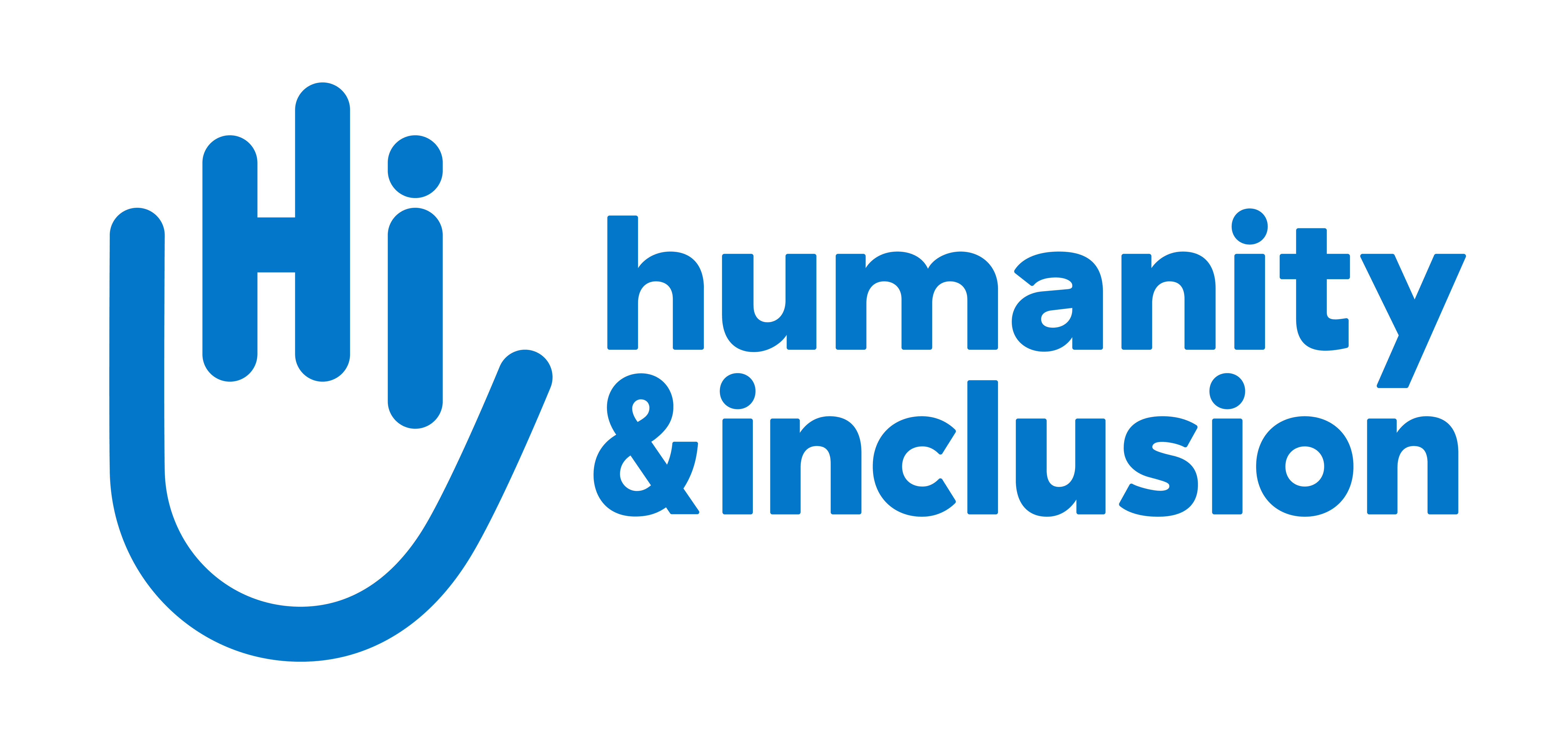Nepal, one year after: thousands benefit from Handicap International's support
Present in Nepal for 15 years, Handicap International was able to launch an immediate response to the devastating earthquake that struck the country on April 25th, 2015. Taking advantage of advance preparations for natural disasters in the country, we were also able to draw on our expertise in providing care and treatment to earthquake victims.

Non Food Items distribution in Bungtang, Nuwakot district, including high quality family tents. | © Erica Bonnet Laverge/Handicap International
Thanks to the support of our donors, in the last year Handicap International teams have provided support to thousands of people in Nepal:
Rehabilitation and psychosocial support sessions
Short of staff and medical equipment, hospitals were quickly overwhelmed by the casualties. To prevent the development of permanent disabilities, many of the injured needed urgent rehabilitation care. Since the disaster one year ago, Handicap International’s physiotherapy teams have provided post-traumatic care, organized more than 16,000 rehabilitation and psychological support sessions for more than 6,200 patients and distributed more than 4,700 mobility aids (wheelchairs, crutches, walking frames) to people affected by the disaster.
Handicap International teams have worked in or provided equipment to 20 hospitals, 12 health centers, 11 step-down facilities1 and three permanent clinics in the districts of Kathmandu, Nuwakot and Sindhupalchowk.
We also worked in 34 mobile camps3 in Nuwakot and Sindhupalchowk and conducted home visits. Set up in the most rural and isolated areas, these mobile camps allow us to run rehabilitation sessions and provide psychological support to people affected by the disaster.
We also set up a hotline so that everyone can contact us and benefit from our services. In total, we worked in communities in seven districts2 of Nepal.
Kits containing basic needs items
The earthquake destroyed more than 600,000 homes and damaged more than 280,000 others. To help families who lost almost everything in the disaster, Handicap International distributed more than 4,300 kits containing basic needs items (tents, cooking kits, hygiene kits and blankets) and roofing equipment to protect homes from the monsoon rains for more than 2,200 families3 in the districts of Rasuwa, Nuwakot and Kathmandu Valley.
Logistics platform to deliver aid
Large numbers of people affected by the earthquake live in isolated regions that are difficult to access. Since many roads were damaged, it was difficult for humanitarian operators to get through to the most vulnerable individuals.
Handicap International ran one of two humanitarian aid storage centers in Kathmandu to help transport humanitarian aid to villages and communities. Storage areas were also set up in the districts of Dhading, Nuwakot (Bidur) and Rasuwa (Dhunche) and Kavrepalanchowk. They were used to store more than 5,400 tonnes of equipment.
Handicap International also transported humanitarian equipment to distribution points in villages and communities. More than 350 truck journeys were made for 37 different organizations. However, although these storage and transport operations facilitated the work of all NGOs in the field, the transport of humanitarian aid was slowed by the tense political situation, which made it difficult to circulate merchandise and to access fuel.
Including the most vulnerable people
The lives of many vulnerable people, including disabled people, older people, pregnant women, and unaccompanied children have been made much more difficult by the earthquake. Handicap International set up an inclusion unit to ensure these people are able to access humanitarian services. Run in conjunction with other humanitarian organizations, this project promotes the inclusion of the most vulnerable people. As part of this initiative, Handicap International raised the awareness of 242 humanitarian workers and 238 community chiefs about the importance of inclusion.
Winter kits
Winter is very harsh at high altitudes in Nepal and many families who lost almost everything in the disaster have found it particularly challenging. To help them through the winter, Handicap International provided winter kits (warm clothes, blankets, plastic sheets, rope and mattresses) to more than 9,000 people.
1 Step down facilities exist to relieve hospital services and provide follow-up care to patients who have been discharged or who could not receive care because of crowded conditions. Medical care was given by medical staff (nurses) and rehabilitation/psychosocial support sessions provided by Handicap International’s teams.
2 Kathmandu, Lalitpur, Bhaktapur, Kavrepalanchok, Nuwakot, Sindhupalchowk and Rasuwa.
3 More than 11,000 people.





